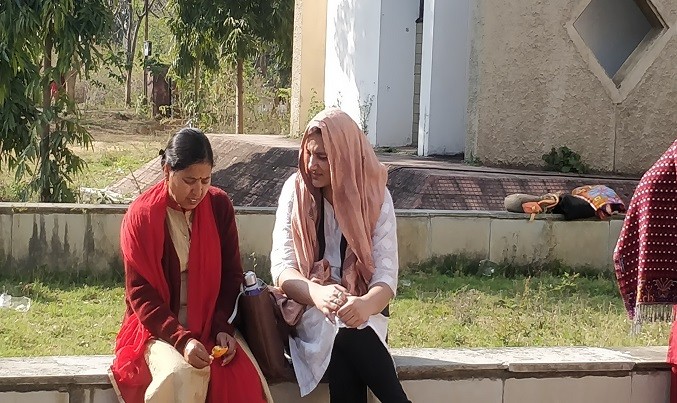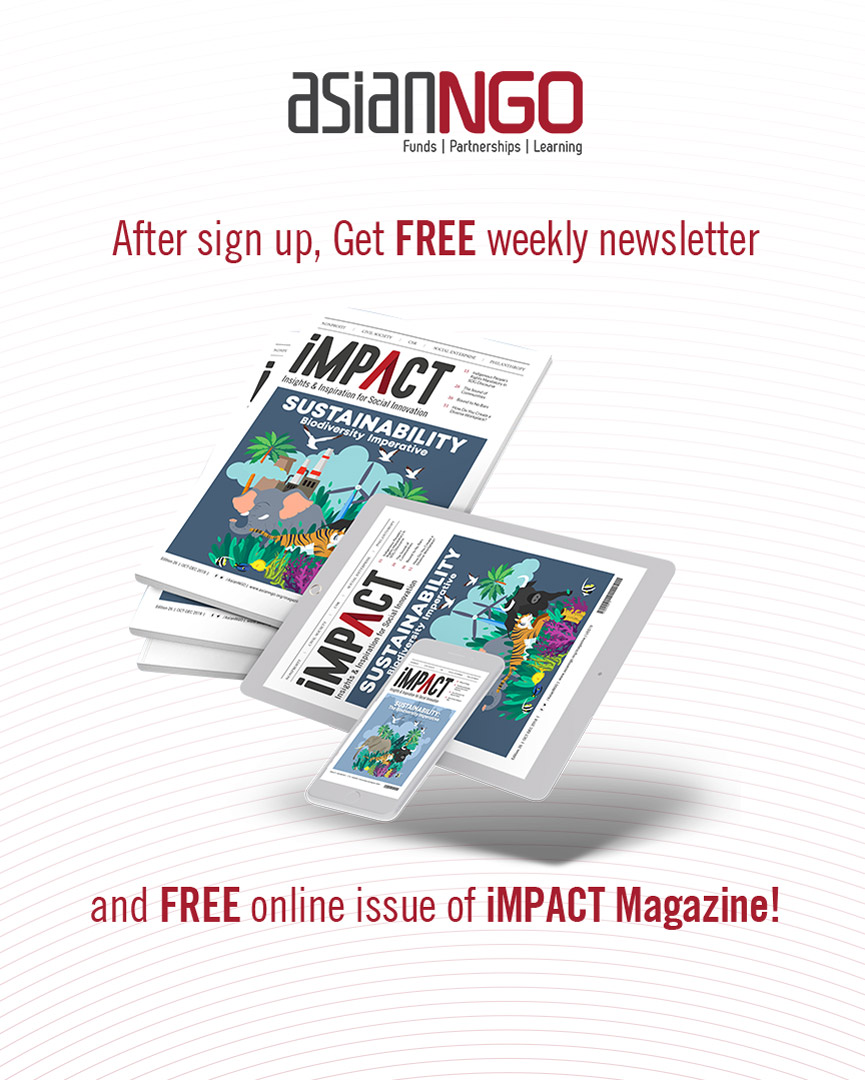The framework of the CSRNGO partnership is evolving, as corporates get more involved with social change. This could mean a shift in the way NGOs consider the relationship, writes Sulagna Datta.
At Sattva, we’ve been talking about CSR 2.0 for a while now. What does it really mean?
Times have changed since corporate organizations partnered with non-profits for one-off expenses, supplying essentials, distributing books, or providing aid or shelter during disasters. Over the last few years, bolstered by the CSR law and its amendments, we’ve seen a transformational shift in the way corporates engage with non-profits.
Some key trends in CSR-NGO partnerships are as follows:
1. Focus on outcomes and impact
We believe that there has been an increasing focus on outcomes, thereby prompting NGOs to design outcomedriven programmes versus operating in one-off project mode. Corporates are increasingly looking at more rigorous monitoring of their projects. Mature NGOs are now helping CSRs realize social responsibility beyond compliance for on-ground execution of their social impact vision. Board members and C-suite executives are increasingly spending time with CSR/sustainability team members beyond their regulatory functions and compliance.
Smaller NGOs are rapidly realizing the importance of monitoring systems. While building and pitching programmes, NGOs need to be mindful of exact outcomes, time to realize outcomes, indicators to measure these results and also the target number of beneficiaries. The crux of the programme is in the specifics.
2. Move towards flagship projects
Another trend that we’ve observed at Sattva is the consolidation of portfolios of corporates. While corporates started with multiple NGOs as part of their CSR portfolio, the focus over the last few years has been increasing brand value through consolidation of project portfolios. Corporates are moving to building and executing more strategic projects.
For example, Castrol works with truck drivers in sensitizing them through Sarthi Mitra Program for truck drivers to be a part of their eco-system for an extended period of time, moving them towards safe driving, healthy living and financial empowerment. As part of this, multiple grassroot NGOs execute Castrol’s mission in across various states in India. In this approach, NGOs often join the corporates as a cluster of implementation partners executing a shared mission or goal; with the program being co-created with all stake-holders.
NGOs need to demonstrate the ability to handle projects at scale – either in terms of expertise in geographies, types of beneficiaries, or even in the chosen outcomes to address.
3. Alignment of CSR with business value
NGOs are helping corporates co-create new inclusive business models while enabling greater proximity to, and improved understanding of, social and environmental contexts, issues, trends, and stakeholders among underserved communities. So critical are these partnerships that according to the Corporate-NGO Partnerships Barometer 2019, 94% of corporates and 93% of NGOs see partnerships as becoming more important over the next three years. Some of the interesting partnerships with diverse goals and expected outcomes, highlight great opportunity for CSR-NGO partnerships towards innovation, empowerment, and impact.
For instance, IBM co-created the Traffik analysis hub platform, the first ever international data hub to facilitate the sharing of information about human trafficking across all industries and sectors built in partnership with STOP the Traffik, an NGO and a pioneer in stopping human trafficking via intelligence-led approach. Leveraging its strength in operations and processes, Genpact has partnered with Sattva in capacity building of NGOs via a fellowship model.
NGOs must be agile, and should be able to demonstrate adaptability to tweak programmes to accommodate reasonable corporate requirements.
4. Leveraging technology and systems
While partnerships are critical for social impact, creating an integrative CSR-NGO relationship requires being prepared for a time-consuming and demanding program from both parties. India alone has more than 3.4 million NGOs, and while they know how to work with economically insecure groups and how to listen to their needs, many of them lack resources, finesse, and the right storytelling approach to get buy-in from CSRs to their proposal. In their due diligence, corporates are increasingly weeding out NGOs that lack systems.
NGOs must start to think of capacity building and systems as investments, and consider proper record-keeping, governance, and compliance as essential tools.
NGOs should be able to look at a corporate’s vision and add value/co-create for partnership, rather than work only with their pre-designed programmes. They should be agile and ready to be able to adapt alongside corporate needs. Additionally, laying out roles and responsibilities, defining a milestone-based plan for outcomes and funding and most critically, have the right partnership, is instrumental for maximum impact.











